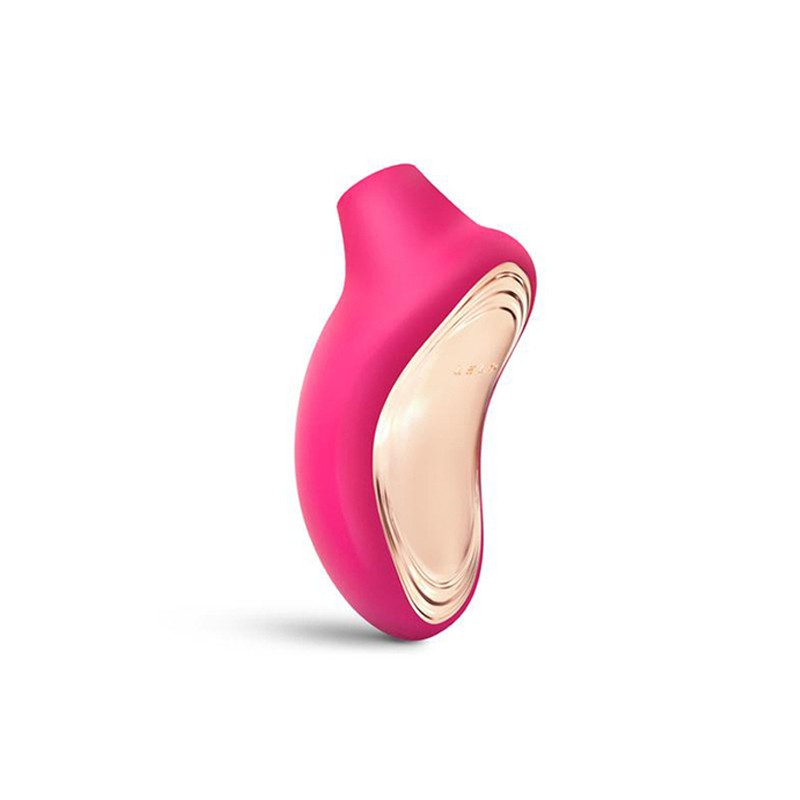When it comes to the realm of human sexuality, one topic that never fails to pique interest is the "Big O"—the orgasm. Despite its ubiquity in popular culture and individual experiences, it remains shrouded in mystery for many. This post aims to unravel the complex tapestry of orgasms, exploring everything from physiology to psychology. It's time to broaden our understanding, dispel the myths, and celebrate the sexual health benefits that orgasms offer.
Understanding Orgasm: What Happens in the Body?
At its core, an orgasm is a series of rhythmic contractions or pulsations, usually coupled with a sensation of intense pleasure. These contractions occur in the muscles around the genital area, and often, throughout the entire body. But the story starts much earlier, in the mind.
The brain plays a pivotal role in the sexual response cycle, including desire, arousal, and orgasm. A study published in the Journal of Sexual Medicine 1 states that during sexual arousal, specific regions of the brain light up with activity, releasing a cocktail of chemicals that can lead to an orgasm. Dopamine, the "pleasure" neurotransmitter, floods the brain, enhancing feelings of reward and satisfaction.
The Sexual Response Cycle: From Arousal to Afterglow
Sexual response in humans is typically described as a cycle with four stages—excitement, plateau, orgasm, and resolution—originally outlined by Masters and Johnson in their groundbreaking work in the 1960s 2.
Excitement: This is the beginning of erotic arousal. It involves a host of physiological changes such as increased heart rate, blood pressure, and blood flow to the genital areas.
Plateau: During this stage, the changes initiated in the excitement phase intensify. The body prepares for orgasm, and there's usually a sense of imminent climax.
Orgasm: This is the climax of the sexual response cycle. It is the shortest phase, usually lasting only a few seconds to a minute, but it is the most intense. The pelvic muscles undergo a series of rhythmic contractions, and there's a release of sexual tension, often accompanied by feelings of euphoria.
Resolution: In this final stage, the body gradually returns to its pre-aroused state. This is often a time of intimacy, relaxation, and emotional bonding.
.jpg)
The health benefits of orgasms extend beyond the immediate pleasure of the act itself. From the brain to the immune system, orgasms can influence various systems and aspects of well-being. Here are some of the known health benefits:
Stress Reduction: Orgasms release oxytocin and endorphins, the body's natural feel-good hormones. These chemicals can act as natural painkillers and mood elevators, helping to decrease stress and increase feelings of well-being.
Sleep Promotion: The post-orgasmic period often brings about a sense of relaxation and drowsiness. This is in part due to the release of prolactin, a hormone which helps regulate sleep cycles.
Boosted Immunity: Regular sexual activity and orgasms can boost levels of immunoglobulin A, an antibody that helps ward off infections.
Heart Health: A study in the American Journal of Medicine 3 suggested that regular sexual activity and orgasms can lead to a reduced risk of heart disease in men. Sexual activity and orgasm increase heart rate and blood flow throughout the body, giving the cardiovascular system a good workout. Regular sexual activity has been associated with a reduced risk of heart disease and stroke.
Pain Relief: Orgasms can help relieve certain types of pain, including migraines and menstrual cramps. This is due to the release of oxytocin and endorphins, which can act as natural painkillers.
Improved Fertility: Regular orgasms, especially during the fertile window, can boost the conditions for conception. The contractions during orgasm may help move sperm into the cervix.
Strengthened Pelvic Floor Muscles: The rhythmic contractions during orgasm help to strengthen the pelvic floor muscles. A strong pelvic floor can improve bladder control and reduce the risk of prolapse.
Reduced Risk of Prostate Cancer: Some studies have suggested that regular ejaculation, which can be achieved through orgasm, may be linked to a lower risk of prostate cancer in men.
Better Skin Health: The increased blood flow during sexual activity and orgasm can boost oxygenation of the skin, which may help reduce the appearance of wrinkles and promote a youthful glow.
Emotional Well-being and Intimacy: Beyond the physical benefits, orgasms can promote emotional well-being by fostering intimacy between partners, building trust, and promoting a sense of closeness.
Reduced Menstrual Symptoms: Orgasms may help alleviate menstrual cramps and even reduce the duration of periods for some women. The uterine contractions that occur during orgasm can help shed menstrual blood faster.
Improved Cognitive Function: The rush of blood to the brain during sexual activity and orgasm can potentially improve cognitive function and even enhance creativity.
Enhancing the Orgasm Experience
Improving and enhancing the orgasm experience can greatly enrich one's sexual well-being. However, it's important to remember that each person's experience with orgasm is unique, and what works for one person might not work for another. Here are a few suggestions:
Understand Your Body: To enhance your orgasm, you need to know what you like. Spend time exploring your body and learning what kind of touch, pressure, and rhythm feels good to you.
Mindful Masturbation: Solo play can be a great way to understand what brings you to orgasm. Use this time to try different techniques, speeds, and pressures to see what works best.
Use a Sex Toy: Vibrators, dildos, butt plugs, and other sex toys can introduce different sensations and help enhance orgasm. The LELO Sona 2, for instance, is a popular choice for clitoral stimulation.

Lubricants: Lubes can enhance sexual play by reducing friction and increasing pleasure. Try a product like Astroglide, which is known for its skin-friendly ingredients and long-lasting effect.
Exercise Your Pelvic Floor: Kegel exercises strengthen the pelvic floor muscles, which can lead to more intense orgasms. Devices like the Elvie Trainer can help guide you through these exercises.
Mindfulness and Relaxation: Stress and distraction can make it harder to reach orgasm. Techniques like deep breathing, progressive muscle relaxation, and mindfulness can help reduce stress and increase focus on the sensations of the moment.
Communicate with Your Partner: If you have a partner, open communication about what you like and what feels good can significantly improve the orgasm experience.
Try Different Positions: Different sexual positions can provide varied stimulation and potentially lead to more intense orgasms.
Fantasize: Sexual fantasies can greatly enhance arousal, leading to more intense orgasms. Whether you're alone or with a partner, don't be afraid to explore your fantasies.
Foreplay: Engaging in foreplay and stimulating multiple erogenous zones can increase arousal and intensify orgasm.
Diet and Hydration: A healthy diet and proper hydration can have a positive impact on your sexual health. Foods rich in Omega-3 fatty acids, for example, have been found to boost blood circulation, potentially enhancing orgasm.
Educate Yourself: Read books, take workshops, or work with a sex therapist to learn more about the sexual response cycle and how to enhance your orgasm.
Remember, the journey to orgasm is as important as the destination itself. Try not to put too much pressure on the outcome and instead focus on enjoying the pleasure of the moment.
Final Thought
Embarking on a journey to understand orgasms—what they are, how they work, and how to enhance them—can be an empowering experience. Unraveling the complex dynamics of the human sexual response cycle can not only improve your personal sexual experiences, but it can also foster a sense of comfort, open communication, and mutual understanding in your relationships.
Through this journey, we've seen that orgasms are much more than just a climax. They're a fusion of physiology, neurology, psychology, and emotionality. They're a testament to the body's capability for pleasure and are an integral aspect of holistic well-being. Orgasms can positively impact mental and physical health, offering benefits that extend far beyond the bedroom.
But let's not forget that while orgasms are wonderfully pleasurable, they are not the be-all and end-all of sexual encounters. It's equally important to cherish the entire journey—intimacy, connection, and shared pleasure. In the world of sexuality, there's no 'normal' or 'right' way. The experiences are as diverse as individuals themselves.
Remember, the goal of sex isn't just to achieve orgasm, but to enjoy the process. Whether you're exploring solo or with a partner, let the focus be on mutual comfort, consent, and pleasure. Sexual exploration should be a safe, exciting, and rewarding adventure.
So, continue to explore, communicate, and educate yourself. Your journey with orgasms is personal and unique—embrace it, enjoy it, and most importantly, let it be a source of self-understanding and self-love.



.png)
.png)
.png)













